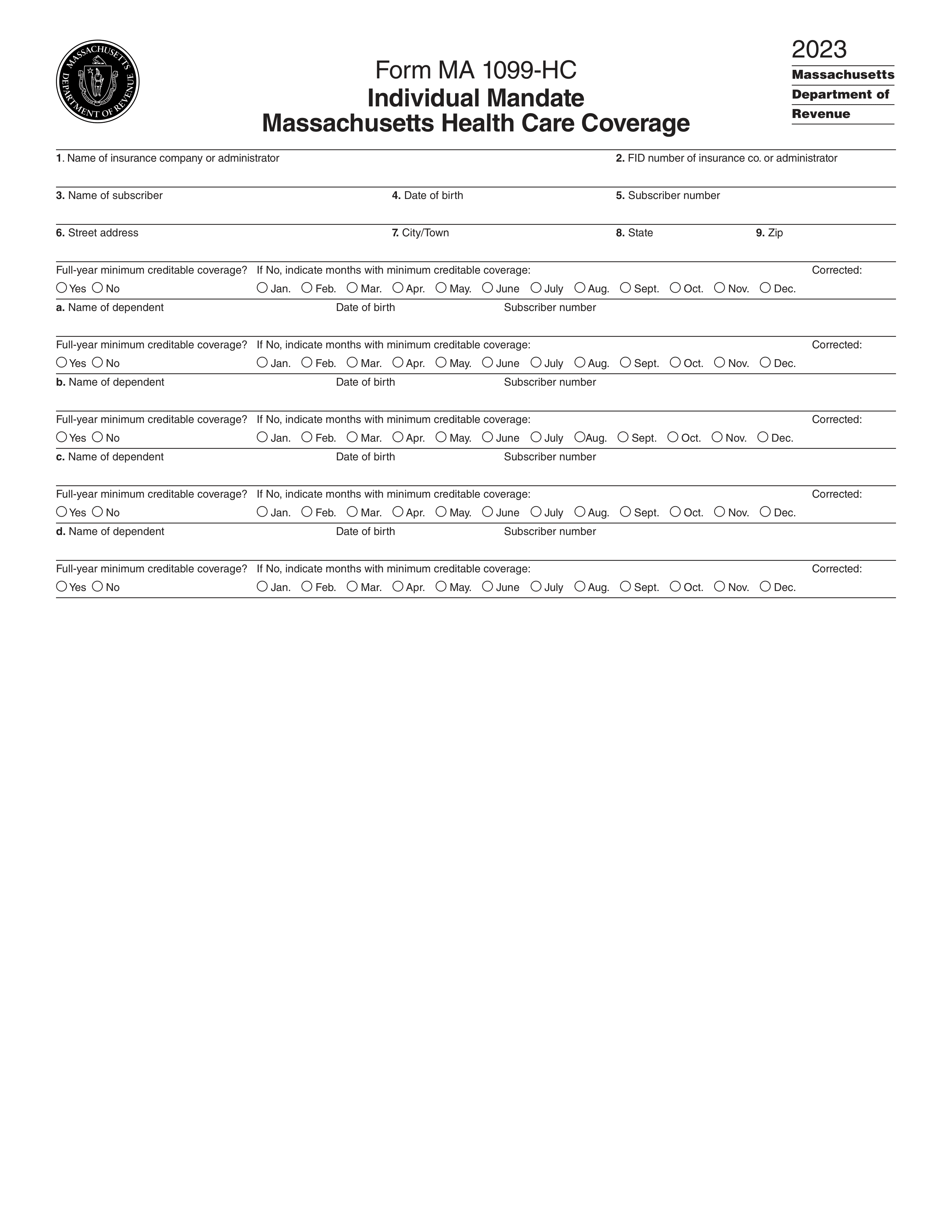What is Form 1065?
Form 1065, U.S. Return of Partnership Income, is a tax document that partnerships must complete annually to report their financial activities to the IRS. This form captures essential details, including the partnership's income, losses, deductions, and credits. Since partnerships do not pay taxes directly, Form 1065 allows this financial information to pass through to each partner. Each partner then reports their share of the income on their individual tax returns, ensuring accurate tax reporting for everyone involved in the partnership.
What is Form 1065 used for?
Form 1065 is essential for partnerships to report their financial activities. Here's what it's used for:
- Reporting Income and Losses: To report a partnership's income, gains, and losses.
- Deductions and Credits: To report deductions and credits related to the partnership's activities.
- Passing Through Tax Liability: To pass through taxable items to partners for individual reporting.
- Compliance with IRS: To ensure compliance with IRS regulations and requirements.
- Preparing Schedule K-1s: To prepare Schedule K-1s for each partner, detailing their share of income and deductions.
How to fill out Form 1065?
- 1
Gather year-end financial statements, such as profit and loss statements and balance sheets.
- 2
Calculate net income and revenues, then list all deductible expenses.
- 3
Provide the Employer Identification Number (Tax ID) and Business Code Number.
- 4
Report details about the number of partners, start dates, and accounting method (cash, accrual, etc.).
- 5
Prepare Schedule K-1s for each partner to allocate income and deductions.
- 6
File Form 1065 by the 15th day of the 3rd month after the partnership's tax year ends.
Who is required to fill out Form 1065?
Domestic and some foreign partnerships are responsible for completing Form 1065. This form must be filled out to report income, gains, losses, deductions, and credits to the IRS.
After completion, partnerships use Form 1065 to prepare Schedule K-1s for each partner, ensuring proper reporting of financial performance and compliance with tax regulations.
When is Form 1065 not required?
Form 1065 isn't necessary for domestic partnerships with no income or deductible expenses. Foreign partnerships without U.S. partners and no effectively connected income (ECI) also don't need to file, as long as they meet certain conditions.
When is Form 1065 due?
Form 1065 is due on the 15th day of the third month after the partnership's tax year ends. If this date falls on a weekend or holiday, the form is due the next business day. You can file for an automatic six-month extension using Form 7004.
How to get a blank Form 1065?
To get a blank Form 1065, simply visit our website. The Internal Revenue Service issues this form, and we have a blank version pre-loaded in our editor for you. Remember, our platform aids in filling and downloading forms but does not support filing.
How to sign Form 1065 online?
To sign Form 1065, you need an IRS-approved signature method, such as a handwritten signature, a PIN for electronic filing, or an electronic signature via a checkbox or security code. If a paid preparer is involved, they can use a rubber stamp, mechanical device, or software for their signature. Remember to check for the latest updates to ensure compliance. Use PDF Guru to fill out and download your Form 1065, but note that submission and sharing are not supported.
Where to file Form 1065?
Partnerships can file Form 1065 electronically using the IRS e-file system or approved tax software. If your partnership has more than 100 partners, you are required to file electronically.
Also, you may print and complete Form 1065 by hand and mail it to the IRS. The correct mailing address depends on your partnership’s principal business location and whether you are submitting a payment. The IRS provides a list of mailing addresses in the official Form 1065 instructions.



